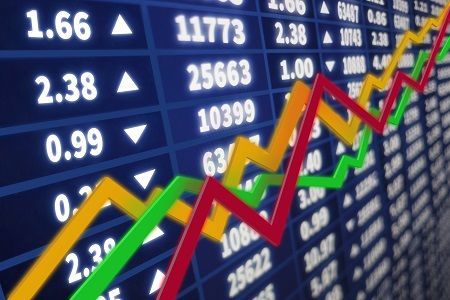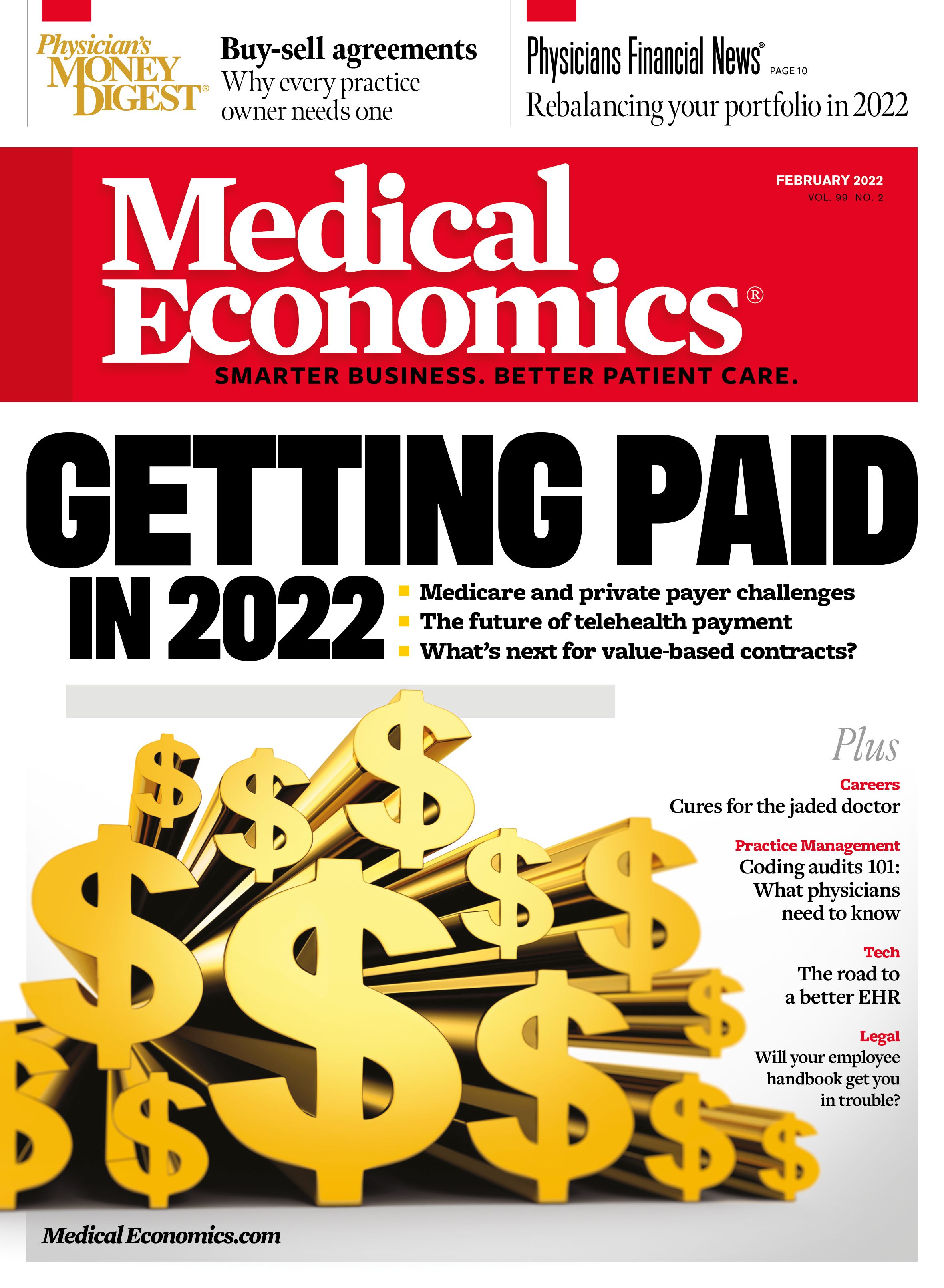Publication
Article
Medical Economics Journal
Trends informing equity purchases in 2022
Author(s):
Individual investors often approach stock purchases with trepidation, yet you can ease these fears by assessing trends.

Individual investors often approach stock purchases with trepidation, yet you can ease these fears by assessing trends likely to affect sectors, companies, and funds.
January is a good time to sell shares to raise cash for purchases because of the timing of tax liability from capital gains. Taking gains in January means the tax on them won’t be due for 15 months. This is the flip side selling shares of losers late in the year to get the deduction on losses the following April, known as loss harvesting. If you didn’t harvest losses in 2021, don’t kick yourself; just resolve to do it next December. (All this assumes that the shares are in a taxable account, rather than a tax-deferred account such as a 401(k) or an IRA.)
The next step in the portfolio rebalancing process is deciding what to buy, a discipline that involves factors including: sector and industry predilections, your view of the market’s direction, a stock’s fundamentals, your ultimate goals, and your time horizon for starting withdrawals (for most people, the amount of time until retirement). Unless your risk tolerance is fairly high, the current, highly appreciated market may mean it’s a good time to focus on lower-risk value stocks—those that have good fundamentals but are widely unloved. If recent indications prove prescient, value stocks - especially small cap value - may be getting more love this year.
To avoid looking for love in all the wrong places, it helps to identify trends that will likely affect a stock. This is only one tool among many, and all we know for certain, of course, is what’s happening now. Yet it can significantly inform buying decisions. Here are a few trends to consider:
Interest rate increases. The financial media obsess over Fed rate increases as though a resulting stock market decline is a foregone conclusion. And now that the Fed is projecting three rate increases this year, market coverage based on this obsession is constantly in our faces. Yet, if history is any guide, the talking heads have it all wrong. Though they usually go into a frenzy over the first Fed rate hike in a series, this event has usually augured well for equities. The S&P 500 on average was up 6.6% in six-month periods following the first increase in the eight Fed rate-hike cycles since 1983. And in the three-month periods before the first increase, the index was up an average of 5.1%.
The second increase has often been followed by market gains in ensuing months, so it usually hasn’t been a bad idea to buy on dips after the first two rate hikes. Dips following the third hike in a series have been another matter; buying on them generally isn’t advisable.
Infrastructure growth, both private and public. Some industrial stocks in the infrastructure sub-sector have done quite well from private projects over the past 18 months or so, and the category is expected to experience continued growth over the next few years from public spending from the $1.1 billion infrastructure act passed by Congress in November.
But shouldn’t the eventual benefits from the legislation already be priced in? Not necessarily. Though the market is usually forward looking, it sometimes has the patience of an adolescent. And, preferring big tech growth stocks, many investors aren’t turned on by unsexy industrials. Ironically, some of these companies are surprisingly techy. An example is Caterpillar (CAT), which manufactures autonomous earth-moving vehicles. As of late December, CAT shares had risen about 50% since mid-August of 2020. Which companies will ultimately benefit substantially from the coming surge in federal infrastructure spending isn’t clear, but investors can reduce risk by buying targeted exchanged traded funds (ETFs).
For example, holdings of Global X US Infrastructure Development (PAVE), which grew more than 50% in 2021 from mid-January and late December, include manufacturers of construction equipment and materials used in road, bridge and rail construction. Why invest in prospectors when you can invest in the picks and shovels they need?
Continuing inflation. The Fed seems confident that the high inflation they underestimated during most of 2021, which reached a 30-year high in November of 6.8% (annualized), will simmer down this year. However, some large financial firms’ projections are well above the Fed’s, and some of them expect inflation to get worse this winter before it gets better. Inflation is widely deemed a bogeyman for stocks, but there’s evidence to the contrary.
Clearly, though, this is a good opportunity to buy real estate investment trusts (REITs), which can do well amid high inflation because these landlord companies can just raise rents, often through automatic escalator clauses. This renown for inflation resiliency has been attracting substantial new investment in recent months, pushing up prices. However, there’s probably still room for some to rise. And well-chosen REITs can make good long-term holdings, producing income in the form of dividends. If they grow substantially in share price, so much the better.
Stock market volatility. Factors causing the market to yo-yo include the Omicron variant and projected interest rate increases. Volatility holds inherent opportunities for gain because it’s actually an asset class. Various ETFs, such as WisdomTree CBOE S&P 500 PutWrite Strategy Fund (PUTW), harness volatility through options trading. Such funds can serve as a good alternative to bonds, especially now that bonds are paying negative yields after inflation.
This is an unusual market period, in part because of heavy, yet now-waning, government economic stimulus. For this and other reasons, the market is now in largely uncharted terrain, creating uncertainty that will fuel continued high volatility. As a result, there will be buying opportunities, so it’s a good idea to maintain some dry powder—cash.
Dave Sheaff Gilreath, a certified financial planner, is a 40-year veteran of the financial services industry. He is a partner and chief investment officer of Sheaff Brock Investment Advisors LLC, a portfolio management company for individual investors, and Innovative Portfolios LLC, an institutional money management firm. Based in Indianapolis, the firms manage about $1.5 billion in assets nationwide.






